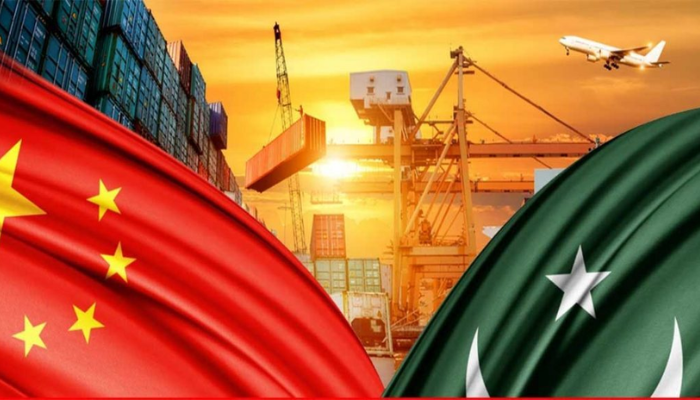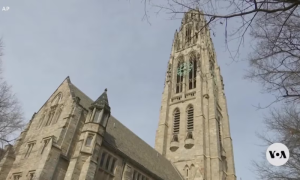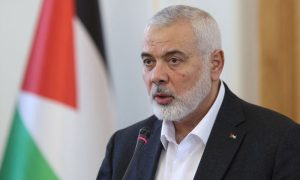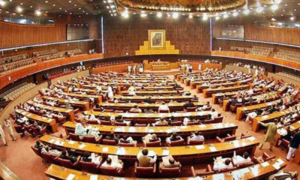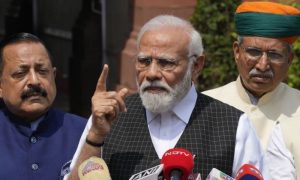ISLAMABAD: The China-Pakistan Economic Corridor (CPEC) is ushering in a new era of collaboration and exchanges between the two countries in multiple areas, including energy, industries, culture, and trade & commerce.
The first phase of the CPEC (2015-2020) has made significant progress, with most of the planned projects in the transport infrastructure and energy sectors successfully implemented and under implementation.
The initial Phase of CPEC Created About 38,000 Jobs
According to an article published by the CGTN think tank, the early-harvest programs during the initial phase of the CPEC have created about 38,000 jobs, more than 75% of which are local jobs.
Among them, energy projects have created the most jobs, absorbing a total of 16,000 jobs. Pakistani workers and engineers are employed. The construction of transportation infrastructure has created about 13,000 jobs.

Among them, the largest infrastructure project under the Corridor Project, Peshawar-Karachi Expressway (Sukkur-Multan Section), has absorbed 9,800 Pakistani workers, and the Karakoram, the second phase of highway reconstruction and upgradation created 2,071 local jobs.
In 2018, Bilateral Trade Volume was US$19.08 Billion
In 2018, the article said the bilateral trade volume between Pakistan and China was US$19.08 billion, a year-on-year decrease of 5%. From January to December 2020, the bilateral trade volume between Pakistan and China was US$17.49 billion, a year-on-year decrease of 2.7%; from January to December 2021, the bilateral trade volume between Pakistan and China was US$27.82 billion, a year-on-year surge of 59.1 percent. According to an article published by the CGTN think tank, imports from Pakistan were US$3.59 billion, a year-on-year surge of 68.9 percent.
China is Pakistan’s Largest Trading Partner Since 2015
Pakistani statistics show that China as Pakistan’s largest trading partner for six consecutive years since the fiscal year 2015 and is Pakistan’s largest source of imports and second-largest export destination. In the fiscal year 2019-2020, the total bilateral trade was US$10.67 billion, and the trade volume between Pakistan and China accounted for 16.7% of the total trade volume of Pakistan.
Before 2015, Pakistan suffered from power shortages. Power outages took place all over the country. Major cities were out of power for about 10 hours a day, and rural areas are out of power for about 22 hours a day.
CPEC Greatly Alleviated Pakistan’s Domestic Power Shortage
The article said the national average power shortage was 4,000 hours of megawatts. Since the establishment of the CPEC, the domestic power shortage in Pakistan has been greatly alleviated.
There are more than 10 energy and power projects in the CPEC, including Thar Coal-fired Power Station, Dawo Wind Power Project, Port Qasim Coal-fired Power Station, Mattiari-Lahore ±660kV DC Transmission Project, Karot Hydropower Station, Suki Knari Hydropower Station, and others.
The Pakistan Bureau of Statistics reports, CPEC, as of January 2022, the total capacity of energy projects completed under the framework of the CPEC reached 5.32 million kilowatts.

The Mattiari-Lahore ±660 kV DC power transmission project, which has been completed and put into operation, has addressed the issue of power distribution and transmission in Pakistan with advanced technology, reduced power line losses, and improved the power transmission network in Pakistan. The working scene of the hardware installation of the Mattiari-Lahore transmission line
The second phase of the Karakoram Highway Upgrade and Reconstruction Project and the Peshawar-Karachi Expressway Project have improved the traffic capacity of the “arterial roads” of road traffic between Pakistan and China and within Pakistan.
CPEC Supported Pakistan in Building Quality Highways: Ahsan Iqbal
Ahsan Iqbal, Minister of Planning, Development and Special Projects of Pakistan said that the CPEC project has supported Pakistan in building a number of good-quality highways.
Today, Pakistan has built a high-speed and efficient road network connecting the eastern, southern, and northern regions, which has promoted interconnection and created new opportunities for the development of Pakistan’s tourism industry.
In addition to direct employment, corridor projects have also generated thousands of indirect employment opportunities. Originally, Gwadar was a small wharf on the Arabian coast of southwestern Pakistan, located in the impoverished province of Balochistan. Gwadar Port is far away from the mainland, with inconvenient transportation, barren land, and weak infrastructure, the residents mainly rely on fishing.
Read Also: Mark Zuckerberg Says WhatsApp’s Business Chat to Drive Sales Sooner Than Metaverse
In 2015, with the joint efforts of Pakistan and China, the CPEC project in Gwadar Port was successfully implemented. Today’s Gwadar Port is not only officially operating, achieving the goal of connecting with major ports in the world, but also greatly improving the living and employment environment of the local residents.
Ahsan Iqbal, Minister of Planning, Development and Special Projects of Pakistan said that great progress was achieved in the first phase of the CPEC construction, and the Gwadar Port has also made great progress in the construction of the CPEC.
If the economy is the essence of a country, and culture is the soul of a country, the CPEC project is like opening a door to cultural exchanges.
Pakistan and China Exchanging Socio-economic Models
Pakistan and China are exchanging socio-economic models, exchanging material and immaterial cultures, and promoting mutual understanding. In terms of material culture, Pakistan and China are exchanging products, commodities, and resources with each other.
Intangible culture includes food, language, clothing, religion, and way of life. The Chinese engineers of the CPEC project have brought Chinese culture into the lives of local people while carrying out their work. At the same time, Chinese engineers are also actively learning the Pakistani language Urdu, trying to understand the culture and living habits of the Pakistani people, to work smoothly with their Pakistani colleagues.
CGTN Think Tank is an open platform that promotes connections between leading thinkers from China and abroad. It provides a hybrid platform featuring different ideas, research, and opinions drawn from the world’s leading intellectuals.










